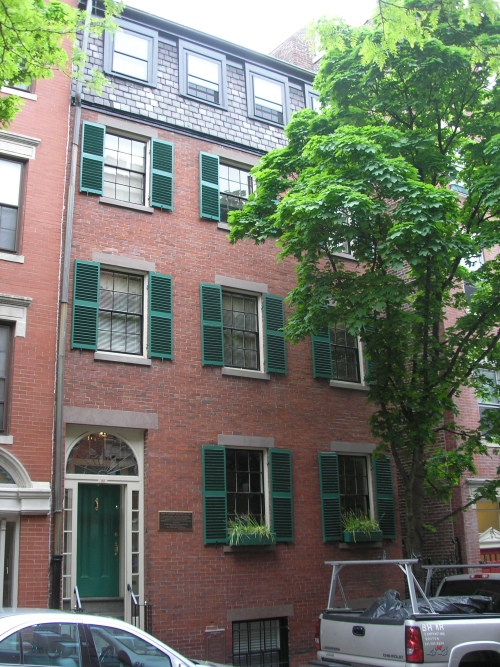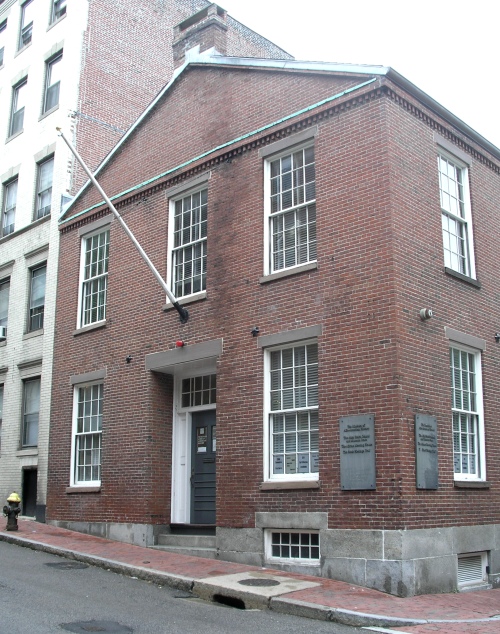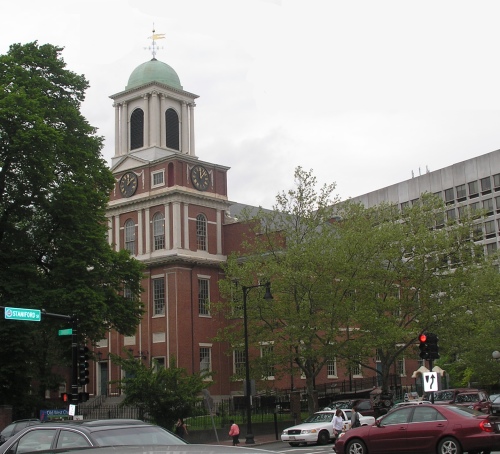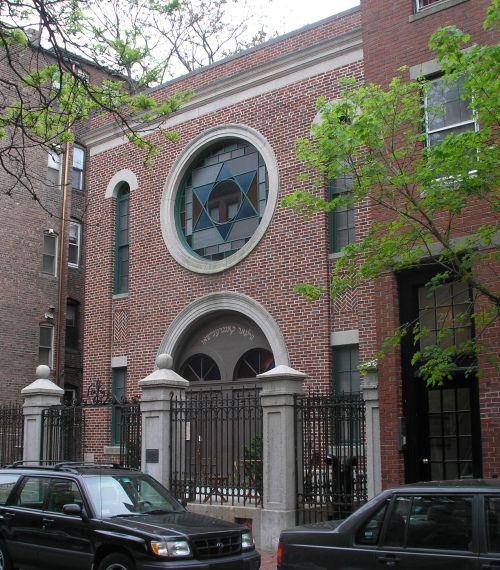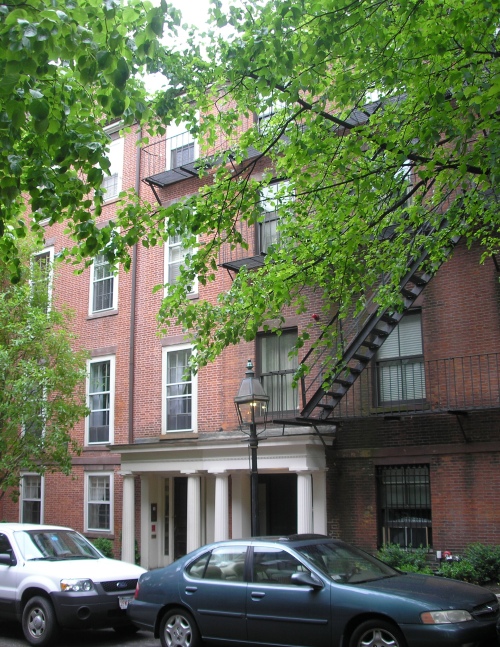John Coburn House (1844)
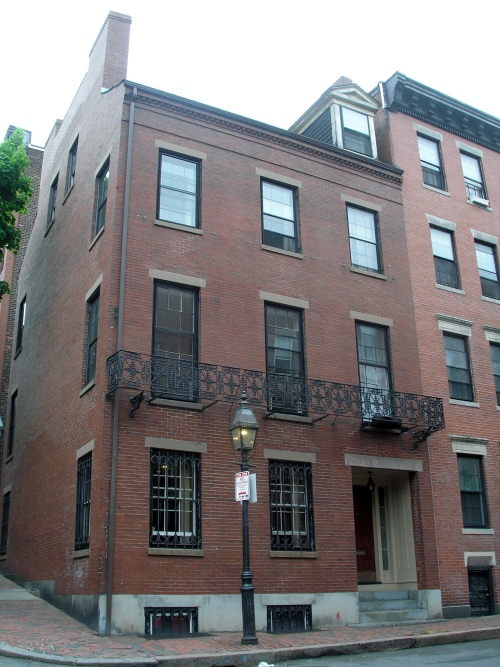
John P. Coburn (1811-1873), a free black resident of Beacon Hill in Boston, ran a clothing business and was a community activist. He was treasurer of the New England Freedom Association, which assisted fugitive slaves and, in 1852, he was a founder and captain of the Massasoit Guards, a black militia unit. In 1851, Coburn was arrested for his role in aiding Shadrach Minkins, a fugitive slave, in his escape from federal custody (he was later acquitted). John Coburn’s first house on Beacon Hill was located in a cul-de-sac off of Phillips Street at 3 Coburn Court. Dating to the 1830s, the house, now lost, was recognized in 2005 as one of Massachusetts’ most endangered historic resources. From 1844 until his death in 1873, Coburn lived in the house at 2 Phillips Street, which was designed for him by Asher Benjamin. The house is a site on the Black Heritage Trail.

